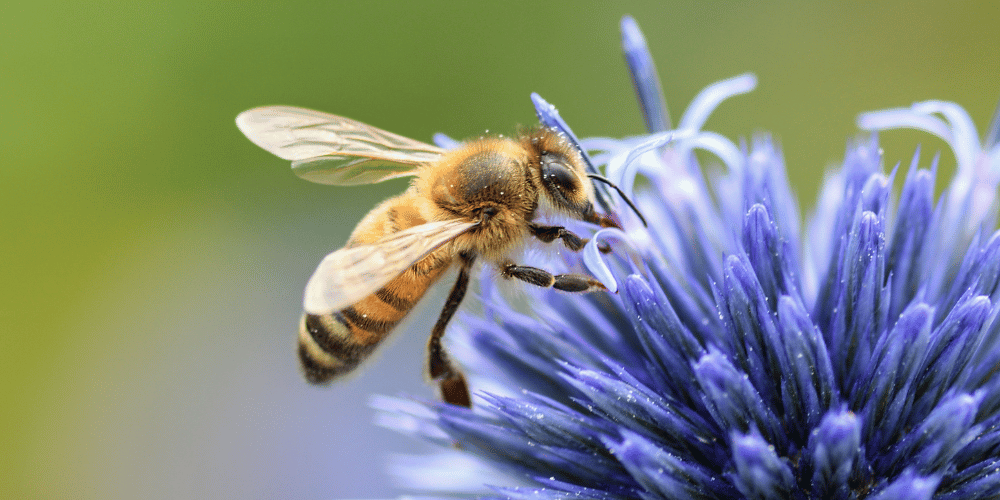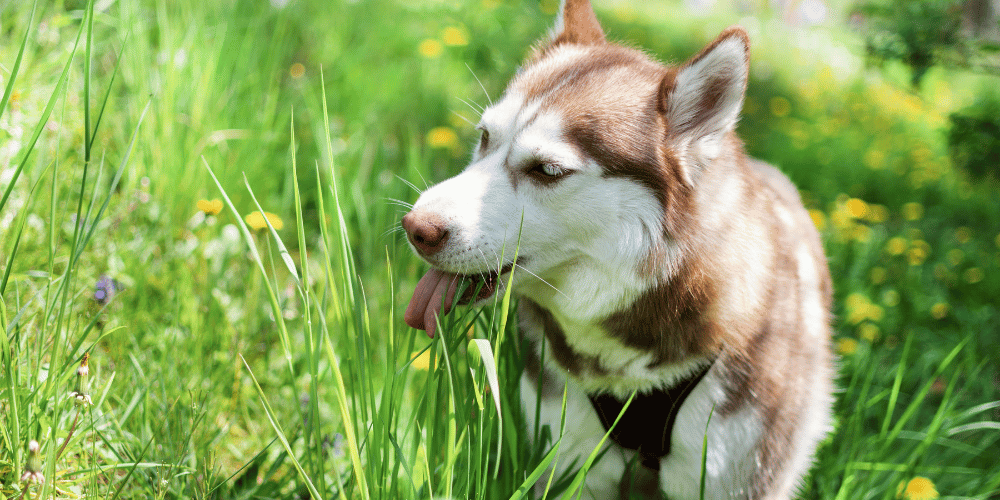
As the warmer months roll in, our pets enjoy the sunshine just as much as we do. However, with great weather comes the increased activity of bees. While these buzzing insects are crucial for the environment, they can become a nuisance for our curious pets, leading to painful stings. Whether you’re a cat lover, a dog owner, or both, here’s how you can tackle a bee sting and ensure your furry friend’s swift recovery.
Spotting the Sting: Signs in Cats and Dogs
- Dogs often yelp, paw at the sting site, or show immediate signs of discomfort.
- Cats might hiss, swat at their face or the affected area, or attempt to flee.
Both may experience swelling, redness, and visible distress. Critical areas include the mouth, throat, or anywhere that can obstruct breathing.
Immediate Actions
1. Remove the Stinger: Gently scrape away the stinger with something rigid like a credit card. Avoid tweezers which can squeeze more venom into the pet.
2. Apply a Cold Compress: A cold pack or wrapped frozen veggies can reduce swelling. Apply for 10 minutes on and off.
3. Monitor for Allergic Reactions: Difficulty breathing, excessive swelling, or weakness are urgent signs. Cats, with their smaller body sizes, can become critical faster.
Allergic Reactions and When to See the Vet
Immediate veterinary attention is required if your pet shows signs of a severe allergic reaction or if the sting is inside the mouth or another high-risk area. Dogs might drool excessively or paw at their face, while cats may drool or hide, indicating distress or pain.
Pain Relief and Treatment
- Dogs: An OTC antihistamine might be recommended by your vet. Never administer medication without vet approval.
- Cats: Due to their sensitivity to many medications, it's crucial to consult with a vet before giving any treatment.
Preventing Future Stings: Tips for Both Cats and Dogs
Minimize your pet’s exposure to high-risk areas like flowerbeds or known bee habitats. Supervision is key, especially for curious animals prone to chasing or investigating insects.
Summary:
No pet parent wants to see their furry companion in pain from a bee sting, but with the right knowledge and quick action, you can mitigate the situation. From recognizing the signs of a sting to taking immediate action and understanding when a vet visit is necessary, you're now equipped to protect both your cat and dog from the consequences of their curiosity. Remember, prevention is always the best strategy, but should a sting occur, staying calm and acting swiftly can make all the difference in your pet's comfort and health.
As we enjoy the beauty of spring and summer, let's ensure our pets do too, safely and happily, free from the worry of bee stings.



